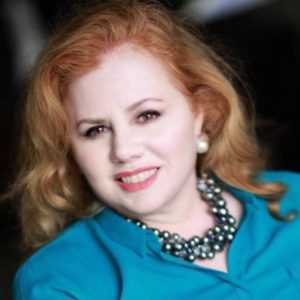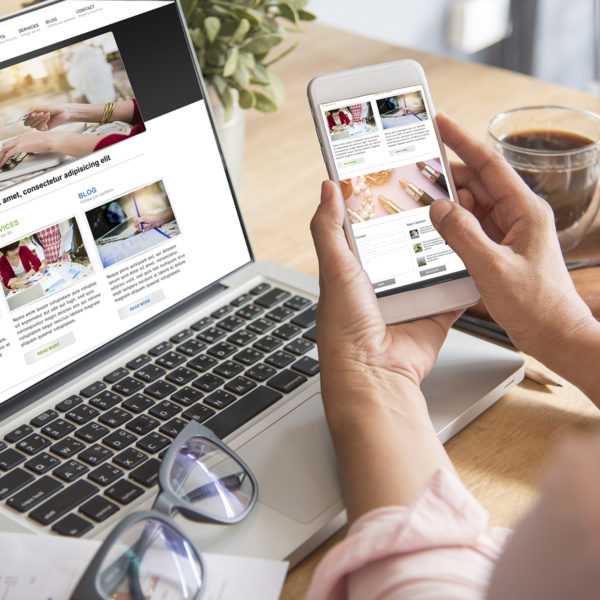Summit Golf Brands Shifts from Shirts to Masks


Creativity. Optimism. Resilience. Entrepreneurship. These qualities are the cornerstone of capitalism and are among the most powerful engines of innovation. When they are brought to fruition in the free market, ideas are generated, businesses get started, value is created, and society as a whole ultimately benefits. The economic upheaval and uncertainty created by the novel Coronavirus (COVID-19) will demand the very best that both the public and private sectors have to offer. In the coming weeks, “This Is Capitalism” will supplement its regular content with stories of private-sector initiatives that embody these core qualities.


It’s one thing to tear up a design sketch, or even a business plan. But tearing up finished product, especially when it’s as sought after as the high-end golf clothing made by Summit Golf Brands? Yet that’s exactly what Summit’s creative director, Billy Draddy (who also designs several of the Summit lines) has done. This wasn’t done in a fit of creative pique. It was a response to a customer’s suggestion that the company make protective masks to help deal with the COVID-19 crisis.
Summit Golf Brands CEO Chad Delp spoke with This Is Capitalism about the company’s pivot to making masks.
Q: How did you go from making golf clothes to making masks?
A: The idea came from a customer and was timely because our creative director, Billy Draddy, had already been tinkering with prototypes in his basement. It’s hardwired into Billy and the whole design team’s DNA to think about solving problems with fabrics and apparel design. At its base level, a protective mask is simply a piece of apparel with performance characteristics.
With this idea and our observation of the rising need for protective masks and a declining near-term demand for high-end golf apparel, we all collectively thought “what can we do with our existing inventory, equipment, and team to help?” We are somewhat unique in our industry in that we hold a significant amount of inventory of all or our brands in our Wisconsin manufacturing facility. We also have some specialized equipment there—for embroidery, embellishment, and heat sealing. These elements combined with an incredibly talented and motivated team put us in a position to quickly pivot and head down this path.
For more than 25 years, Summit Golf Brands has been dedicated to servicing the golf industry at the highest level possible with premium products and service. In the current environment, we believe the best way to serve that channel is to focus on society’s needs first and help bring an end to this pandemic in whatever way we can.
Q: Why repurpose existing inventory?
A: Realistically, in the short term, this was the only option that allowed us to begin producing masks at scale quickly and get them to those who need them. The most important thing in this effort is to be part of the solution as quickly as possible. As we move forward, we’re exploring bringing in rolls of fabric from existing mills and other sources to help us increase both productivity and, potentially, the efficacy of our masks.
Q: There’s such enormous demand for masks—especially now that it has been recommended that all Americans wear even a homemade mask outside. How are you distributing them?
A: The initial production of 1,000-plus pieces was donated to first responders in the county where our facility is located. Masks were being allocated in Wisconsin—and I’m sure this is true of a lot of other places—on a need basis. At the time, Iowa County, where the facility is, had next to nothing. So, we got to know the Director of Emergency Management for Iowa County and we got prototypes to him. He was able to approve one that was most applicable to their needs. And he asked if we could make 1,000 and we said absolutely. So, in about 10 days we went from a very basic prototype to delivering our first 1,000 units to first responders in Iowa County.
We’ve had inquiries from existing wholesale and retail customers, as well as from big companies, such as insurance companies, who need equipment for their first responders, about buying masks. We’ll continue to work to get them where they’re most needed, whether they’re the masks that we donate or those that we sell.
Q: What enabled you to move so quickly?
A: The resourcefulness of both our design team and our team in Wisconsin is truly incredible. Also, we as a company own our equipment—we’re not outsourcing production to a third party. That means we’re not only familiar with the performance capabilities of the fabrics but also with what the machinery can do. Having that intimate, specialized knowledge enabled us to do use the ideas that the design team and Billy came up with quickly and make prototypes within 48 hours.
Q: How much production are you looking at doing?
A: We can currently manufacture about 1,000 a day, taking apart shirts and other product of ours and then reassembling the pieces into masks. With the existing inventory in our Wisconsin facility, we can maintain this level for at least two months. We’ve been in talks and continue to be in talks from fabric mills to see if we can get rolls of fabric that would allow us to increase our yield. We’re also talking with people who make special types of fabric that have antimicrobial features and we’re working on prototypes for them now. Even though they wouldn’t be N95 certified they could be an improvement over what we’re making now.
As with anything, the more we do it, the better we get at it. And from that first prototype that we made for Iowa county we’ve made the second model, now in production, that we think has a little more functionality and we can make more of them. Our goal is to have capacity up to 2,000 per day in the coming weeks.
Q: What kind of changes did you have to make in day-to-day operations to make sure, first, conditions were safe, and two, that you could make this pivot?
A: Everything had to be taken into consideration. The gloves, the masks, the distance rules. The way product is moved from area to area. We had to modify all of that to make these masks.
I should also say that as we began all of this that the efforts being put forth by our people in Wisconsin are truly nothing short of heroic. We’ve taken every safety precaution you can possibly imagine. We had the sheriff’s department coming through often to make sure we were following the proper protocol regarding masks, gloves, distancing, making sure it is as safe as humanly possible for our people who are actually there making our masks.
It’s not the easiest place to work right now, but we believe it’s a safe place to work, and again, that’s the primary goal. Our people are proud to be there. Both for the people in Wisconsin and the company collectively, this effort has been very good for morale. Being able to be part of the solution, even if it’s a small part of the solution, is very gratifying for us as company.
Q: Is this allowing you to keep everyone employed?
A: That’s a happy byproduct of what we’re doing. We’re not doing this to keep the business up and running, but we’re glad we can keep people employed. Everyone who can work remotely is, and we’re at full capacity at the manufacturing facility. The interest we’ve received from both individuals and companies has far outstripped our ability to make masks. We’re looking at how to allocate those and how to make them available via our website to consumers. We’ll be putting up a DIY video on how to make these masks at home, from our product or whatever you have on hand.
Q: What were the business decisions you had to make?
A: Our primary and singular focus right now is getting as many of these out and into people’s hands, whether it’s through us, or whether they make them at home. Do we try to make something to work with N95 masks, or do we continue to do these types of masks, which we can make more of? We need to decide how we can have the most impact. Whatever we make, we’ll donate some and sell some, basically at cost. It’s not about making money at this point.
There will be a time to sell golf apparel, which we hope will be sooner rather than later, because that will mean we’re back to a time of safety and normalcy. The need of society for us to produce these far outweighs the need for anyone to buy golf apparel right now.
We’ve been around for more than 25 years, so we have deep relationships in the golf community around the world. The inbound support we have received has been tremendous, both from the golf community and outside of the golf sphere. Not only are people being helpful and supportive now by buying product, but I believe when we do come out on the other side the support for our brands will be even stronger. Again, that’s a happy byproduct—not a motivating factor.

